Application of a Real-Time Tsunami Forecast System to the Disaster Response of Local Governments during a Major Tsunami Disaster
Abstract
1. Introduction
2. Real-Time Tsunami Prediction System and Test Region
3. Application of the Real-Time Tsunami Inundation Forecast System to the Disaster Response
3.1. Confirming the Current Disaster Response Plan
3.2. Use of the Real-Time Tsunami Inundation Forecast System on the First TTX
- Disaster management section: The members oversee and manage the disaster headquarters as a whole. The members use the Real-Time Tsunami Inundation Forecast System and command each section.
- General affairs section: The members assist and coordinate the related organizations and the headquarters’ members.
- Communication and liaison section: The members respond to the mass communication and publicize disaster information.
- Medical support section: The members gather the damage situation of medical facilities and support the transport of injured people.
- Receiving information section: The members gather and receive the damage information of the whole city and communicate the information to the disaster management section.
- Evacuation response section: The members gather the information and the situation of the evacuation centers and the shelters (the green reverse triangles in Figure 7) and coordinate them.
- Civil engineering section: The members gather the damage situation information of the roadway infrastructure and respond to landslide damage.
3.3. After-Action Review of TTX
- (1)
- Before arrival of the first tsunami wave:
- (a)
- Report the tsunami inundation area and arrival time of the tsunami to every person in the tsunami inundation area. Since the local governments must have every person in the tsunami inundation area evacuated, stop each action, such as rescuing and gathering information.
- (b)
- Compare the hazard map with the tsunami inundation area provided by the system because, if the tsunami inundation area provided by the system is greater than predicted by the hazard map, the local government staff must report the information to the residents.
- (c)
- Share the tsunami inundation area provided by the system with the relevant departments, such as the fire departments, police departments, and JSDF, because the relevant bodies control and rescue the residents and each stakeholder.
- (2)
- After a tsunami inundation.Since the disaster commander cannot enter the tsunami inundation area,
- (a)
- Estimate the damages to medical facilities, important facilities for disaster response, and infrastructure due to the tsunami inundation.
- (b)
- Rescue the injured and the residents in the isolated areas due to the tsunami inundation.
3.4. Second TTX in the Action Stage
4. Discussion
- (1)
- Arrival time of the tsunami at the coast, for activity time and evacuation.
- (2)
- Tsunami height at the coast, for triggering the disaster operation.
- (3)
- Tsunami inundation area, for the disaster response to operate safely and effectively.
- (4)
- The location of the medical facility, evacuation facility, the road, and important Web Geographic Information System (Web GIS) facilities for the disaster response: for estimating the damage and rescuing.
- (5)
- The inundation area of the hazard map on Web GIS, for notifying residents to evacuate if the predicted inundation area is greater than shown on the hazard map.
- (6)
- The number of the estimated damaged buildings and affected people in each Oaza district for calling for cooperation from the relevant legal agency.
- (7)
- Information about subsequent waves so the disaster situation can be anticipated.
5. Conclusions
- (1)
- The tsunami inundation area of the Great East Japan Earthquake was greater than what a hazard map predicted from an earthquake; before tsunami arrival, the local government staff in charge of the disaster response must confirm whether the predicted tsunami inundation area is greater than that shown on a hazard map.
- (2)
- The local government staff in charge of the disaster prevention could not gather the necessary disaster information such as the tsunami inundation area, lifeline damage, and rescue signals; local government staff in charge of the disaster response should retrieve damage information about medical facilities, evacuation facilities, infrastructure damage, and isolated areas as indicated from GIS data and the predicted tsunami inundation area provided by the system.
- (3)
- Rescue staff were hit by the tsunami during rescue work; the local government staff in charge of the disaster response should order the rescue staff and the residents to evacuate from the tsunami inundation area predicted by the system until the arrival of the tsunami.
Author Contributions
Funding
Acknowledgments
Conflicts of Interest
References
- Cabinet Office in Japan, Central Disaster Management Council. Report of the Committee for Technical Investigation on Countermeasures for Earthquakes and Tsunamis Based on the Lessons Learned from the “2011 off the Pacific coast of Tohoku Earthquake”. 2011. Available online: http://www.bousai.go.jp/kaigirep/chousakai/tohokukyokun/pdf/Report.pdf (accessed on 1 December 2018).
- Kanazawa, T.; Uehira, K.; Mochizuki, M.; Shinbo, T.; Fujimoto, H.; Noguchi, S.; Kunugi, T.; Shiomi, K.; Aoi, S.; Matsumoto, T.; et al. S-net project, cabled observation network for earthquakes and tsunamis. In Proceedings of the SubOptic 2016, Dubai, UAE, 18–21 April 2016. Abstract WE2B-3. [Google Scholar]
- Takahashi, N.; Imai, K.; Ishibashi, M.; Sueki, K.; Obayashi, R.; Tanabe, T.; Tamazawa, F.; Baba, T.; Kaneda, Y. Real-time tsunami prediction system using DONET. J. Disaster Res. 2017, 12, 766–774. [Google Scholar] [CrossRef]
- Cabinet Office in Japan. Disaster Management in Japan. Available online: http://www.bousai.go.jp/1info/pdf/saigaipamphlet_je.pdf (accessed on 1 December 2018).
- FEMA. Emergency Planning Exercises. Available online: https://www.fema.gov/emergency-planning-exercises (accessed on 1 December 2018).
- FEMA. ICS Resource Center. Available online: https://training.fema.gov/emiweb/is/icsresource/index.htm (accessed on 1 December 2018).
- FEMA. NIMS Intelligence/Investigations Function Guidance and Field Operations Guide. Available online: https://www.fema.gov/media-library/assets/documents/84807 (accessed on 1 December 2018).
- FEMA. Emergency Support Function 15: Standard Operating Procedures. Available online: https://www.fema.gov/media-library/assets/documents/34369 (accessed on 1 December 2018).
- Ise, T.; Takahashi, T.; Sato, R.; Sano, H.; Isono, T.; Hanashima, M.; Usuda, Y. Consideration on Utilization of Information in Disaster Response Site—Based on Information Support for 2016 Kumamoto Earthquakes—. J. Disaster Res. 2017, 12, 1028–1038. [Google Scholar] [CrossRef]
- Ise, T.; Isono, T.; Usuda, Y.; Fujiwara, H.; Yamori, K. Study of the Method of Disaster Information Sharing System Considering the Diversity of the Municipalities. Inst. Soc. Saf. Sci. 2017, 30, 25–34. Available online: http://isss.jp.net/isss-site/wp-content/uploads/2017/03/2016-047.pdf (accessed on 1 December 2018). (In Japanese).
- Aoi, S.; Yamamoto, N.; Suzuki, W.; Hirata, K.; Kunugi, T.; Nakamura, H.; Kubo, T.; Maeda, T.; Suzuki, S. Real-time Tsunami Inundation Forecast System Using S-net Data. In Proceedings of the 16th World Conference Earthquake Engineering, Santiago, Chile, 9–13 January 2017; p. 517. [Google Scholar]
- Gusman, A.R.; Tanioka, Y.; Maclnnes, B.T.; Tsushima, H. A methodology for near-field tsunami inundation forecasting: Application to the 2011 Tohoku tsunami. J. Geophys. Res. 2014, 119, 8186–8206. [Google Scholar] [CrossRef]
- Tanioka, Y.; Gusman, A.R.; Ioki, K.; Nakamura, Y. Real-time tsunami inundation forecast for a recurrence of 17th century Great Hokkaido Earthquake in Japan. J. Disaster Res. 2014, 9, 358–364. [Google Scholar] [CrossRef]
- Titov, V.V.; Gonzalez, F.I.; Bernard, E.N.; Eble, M.C.; Mofjeld, H.O.; Newman, J.C.; Venturato, A.J. Real-time tsunami forecasting: Challenges and solutions. Nat. Hazards 2005, 35, 41–58. [Google Scholar] [CrossRef]
- Tsushima, H.; Hino, R.; Tanioka, Y.; Imamura, F.; Fujimoto, H. Tsunami waveform inversion incorporating permanent seafloor deformation and its application to tsunami forecasting. J. Geophys. Res. 2012, 117, B03311. [Google Scholar] [CrossRef]
- Japan Meteorological Agency. Lessons learned from the tsunami disaster caused by the 2011 Great East Japan Earthquake and improvements in JMA’s tsunami warning system. 2013. Available online: https://www.jma.go.jp/jma/en/Publications/publications.html (accessed on 1 December 2018).
- Kubo, T.; Hisada, Y.; Murakami, M.; Kosuge, F.; Hamano, K. Application of an earthquake early warning system and a real-time strong motion monitoring system in emergency response in a high-rise building. Soil Dyn. Earthq. Eng. 2011, 31, 231–239. [Google Scholar] [CrossRef]
- Ishinomaki City. The Report of the Disaster Response about 2011 Great East Japan Earthquake. 2012. Available online: http://www.city.ishinomaki.lg.jp/cont/10106000/8284/20131213153754.html (accessed on 1 December 2018). (In Japanese).
- Natori City. The Record of 2011 Great East Japan Earthquake in Natori City. 2013. Available online: http://www.city.natori.miyagi.jp/soshiki/soumu/311kiroku/index (accessed on 1 December 2018). (In Japanese).
- Sendai City. The Report of 2011 Great East Japan Earthquake in Sendai City. Available online: http://www.city.sendai.jp/shinsaifukko/shise/daishinsai/fukko/hassai.html (accessed on 1 December 2018). (In Japanese).
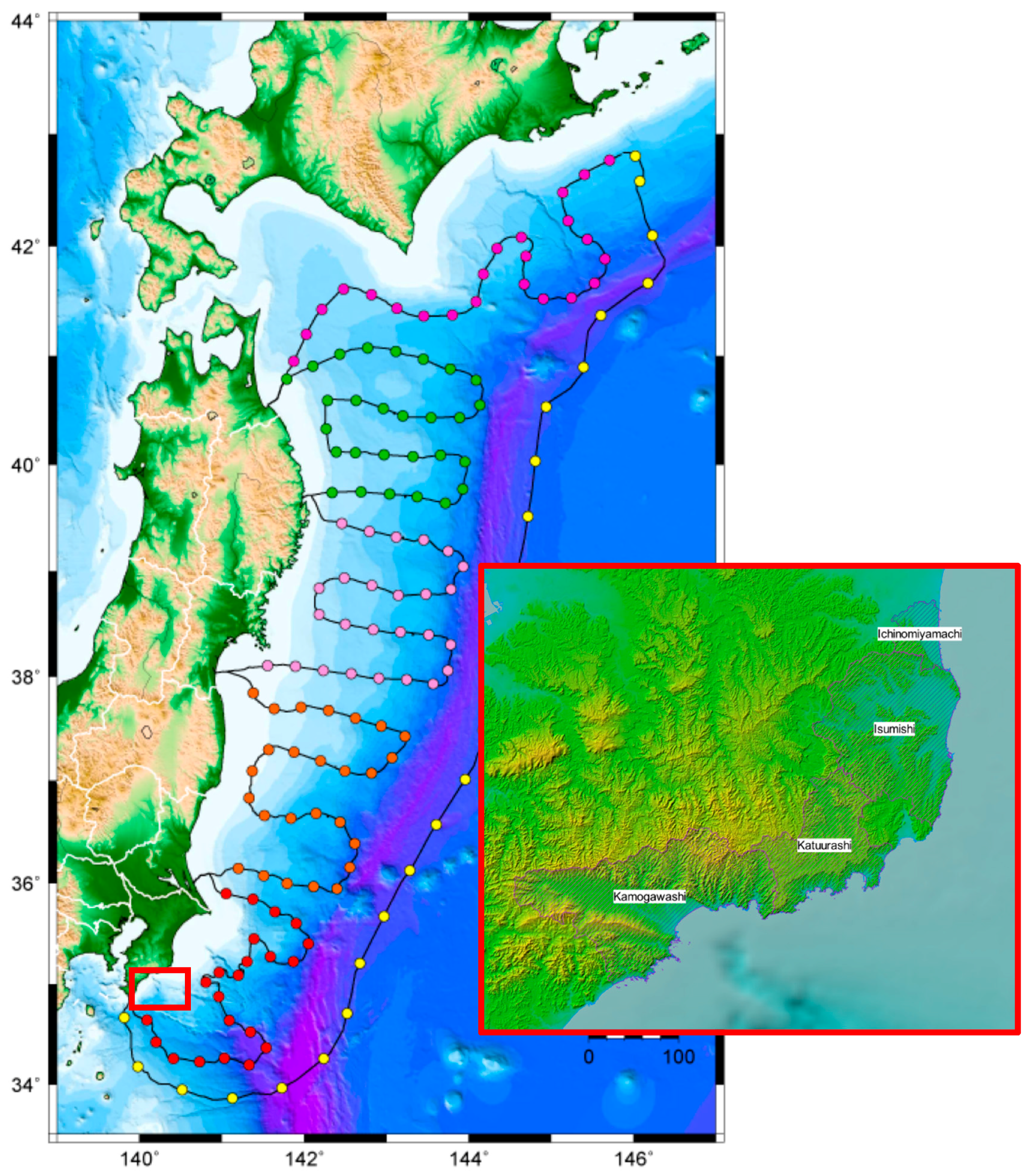
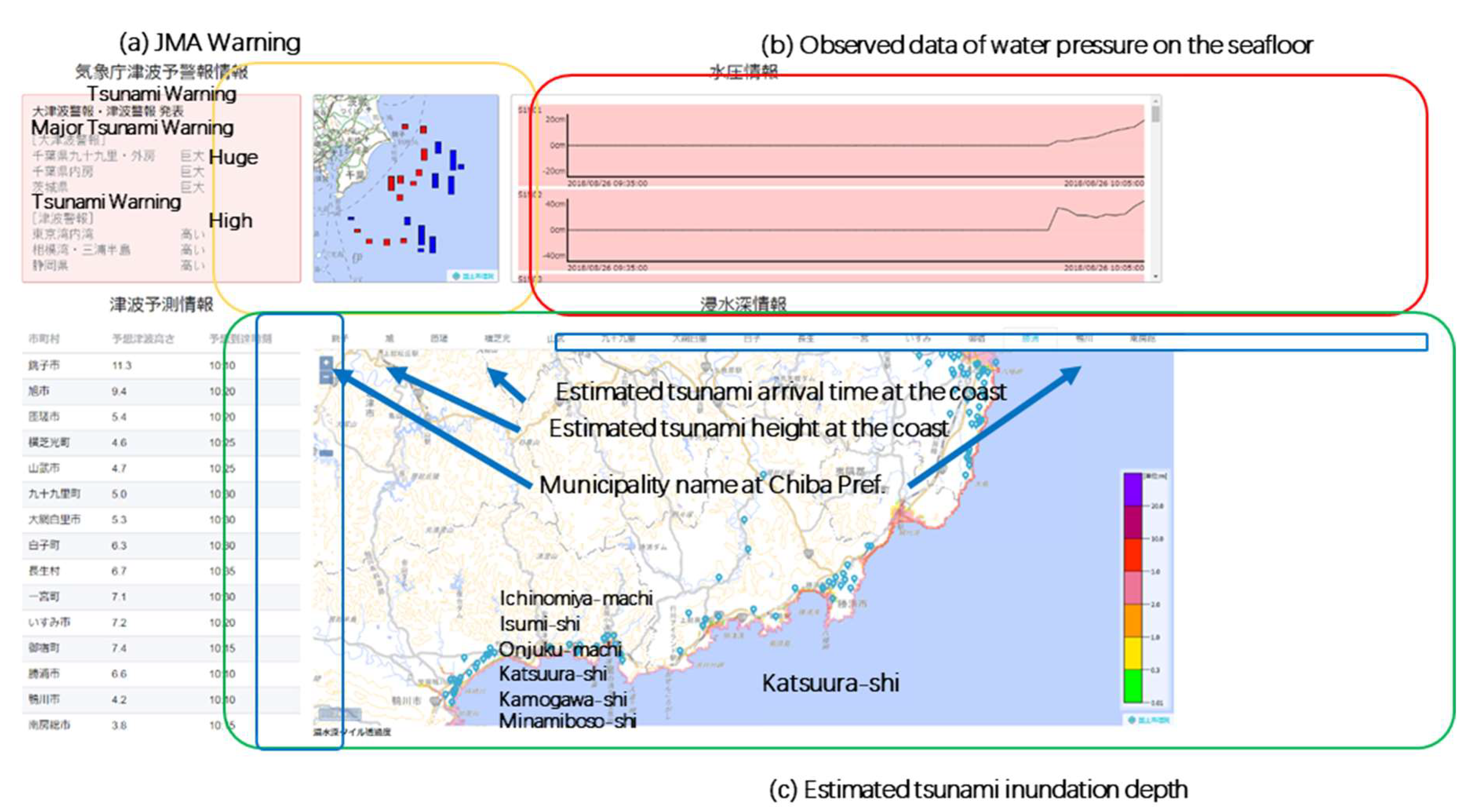
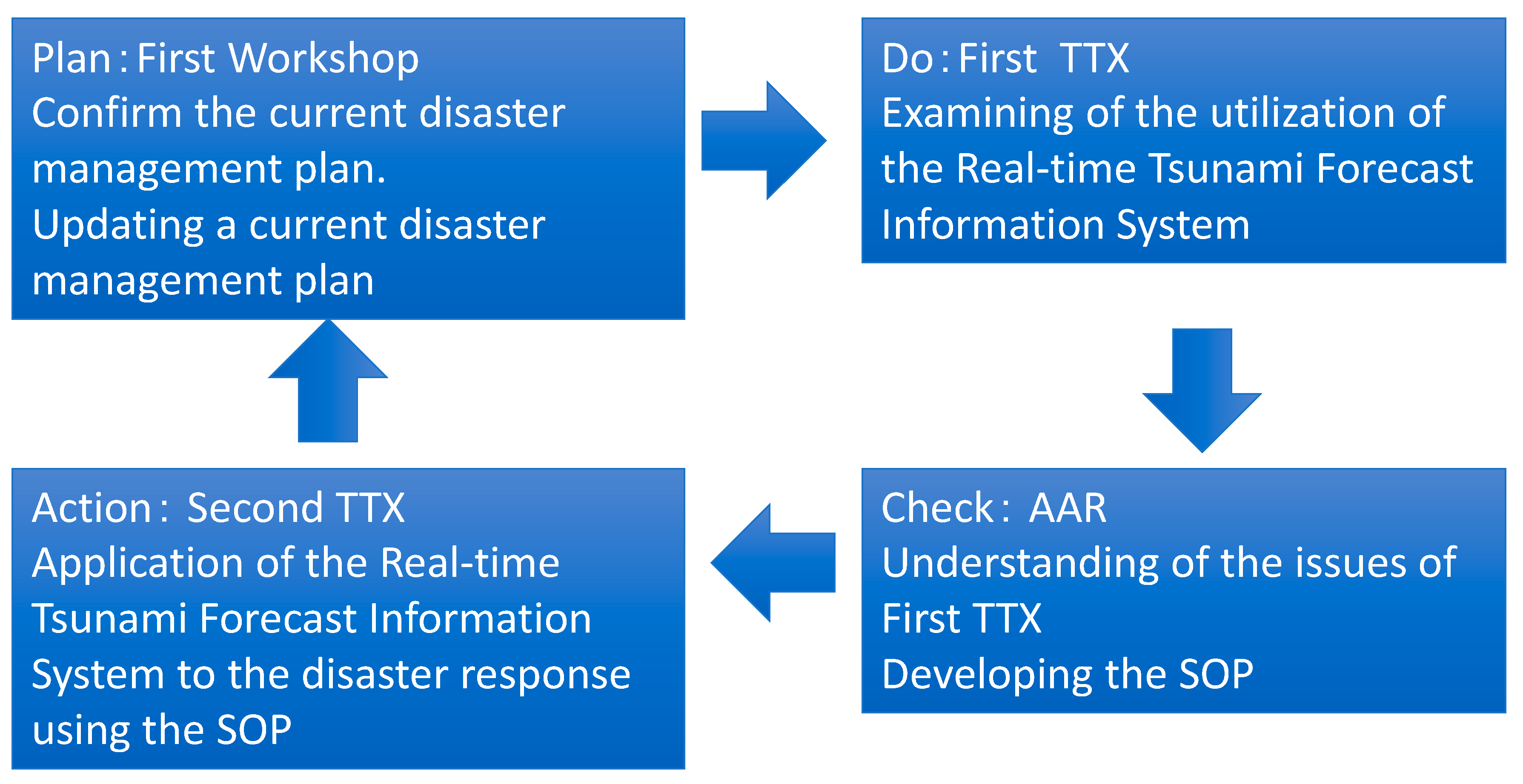
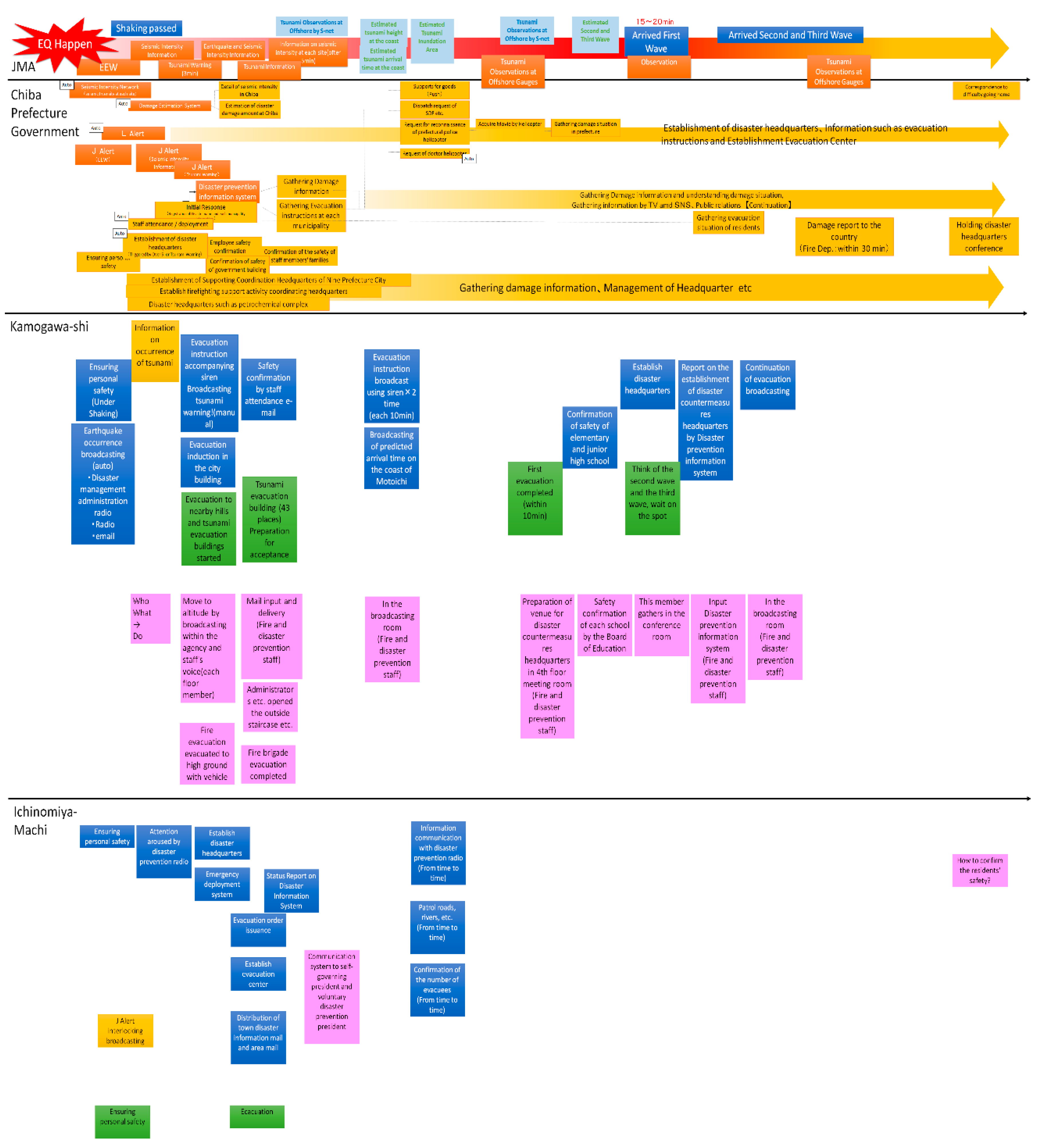
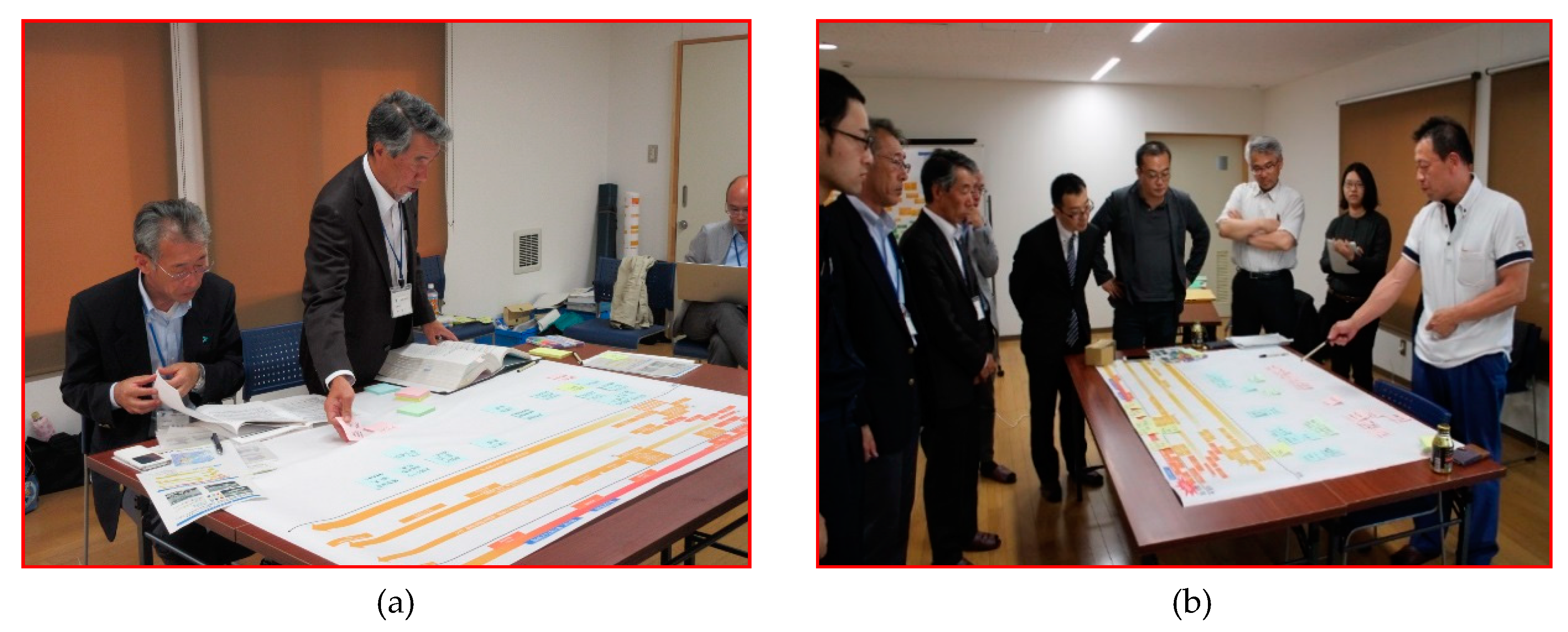
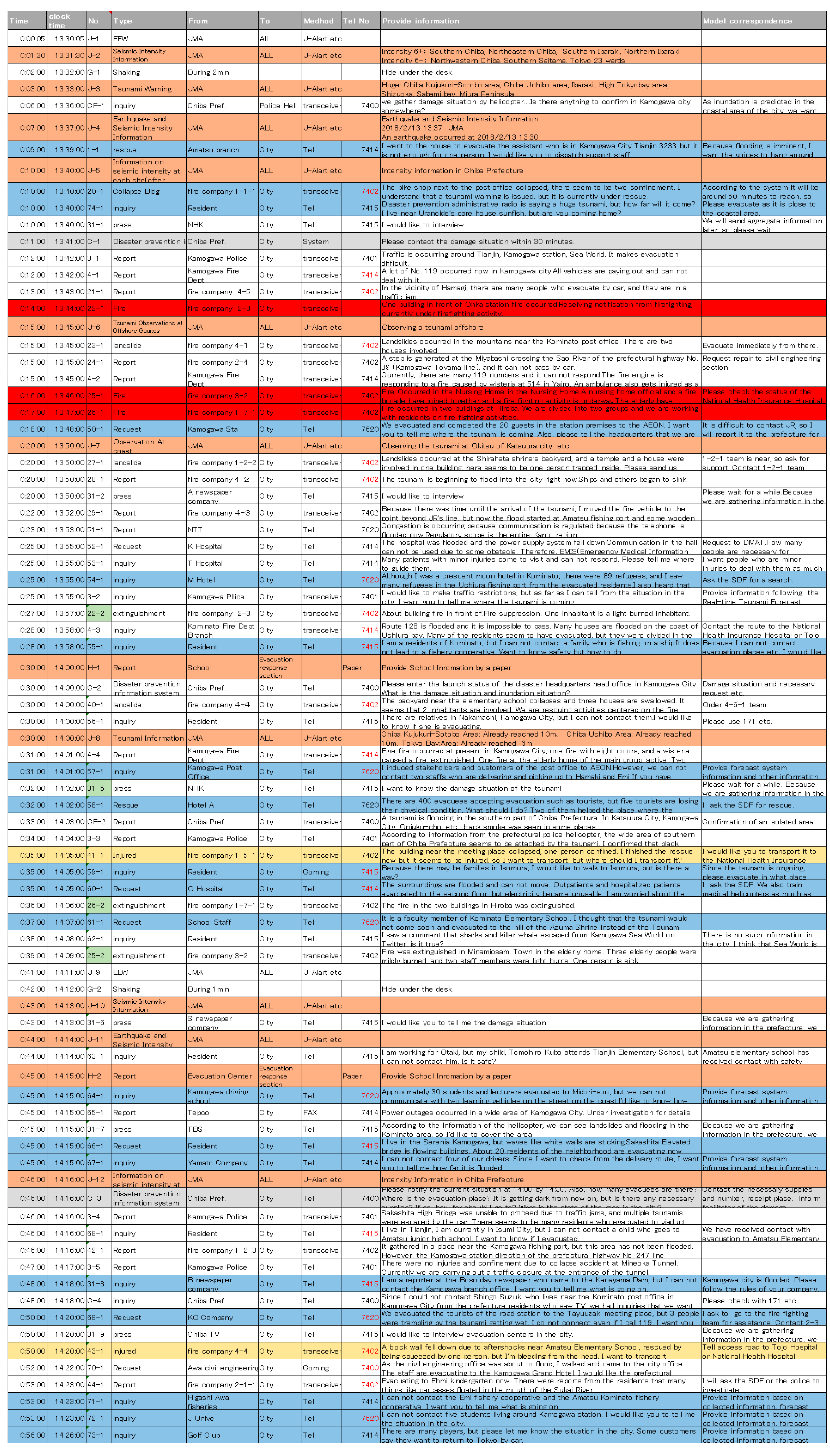
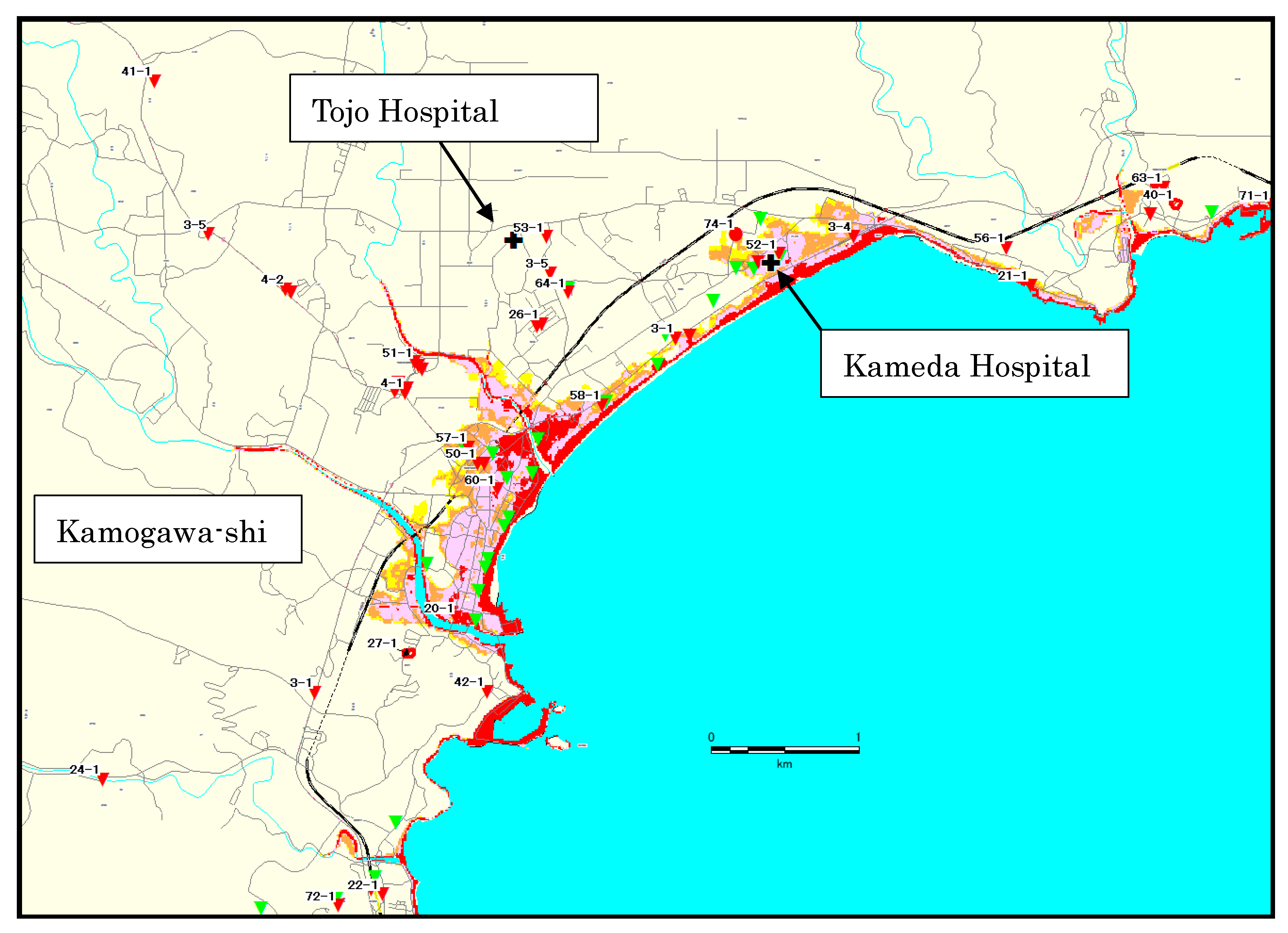
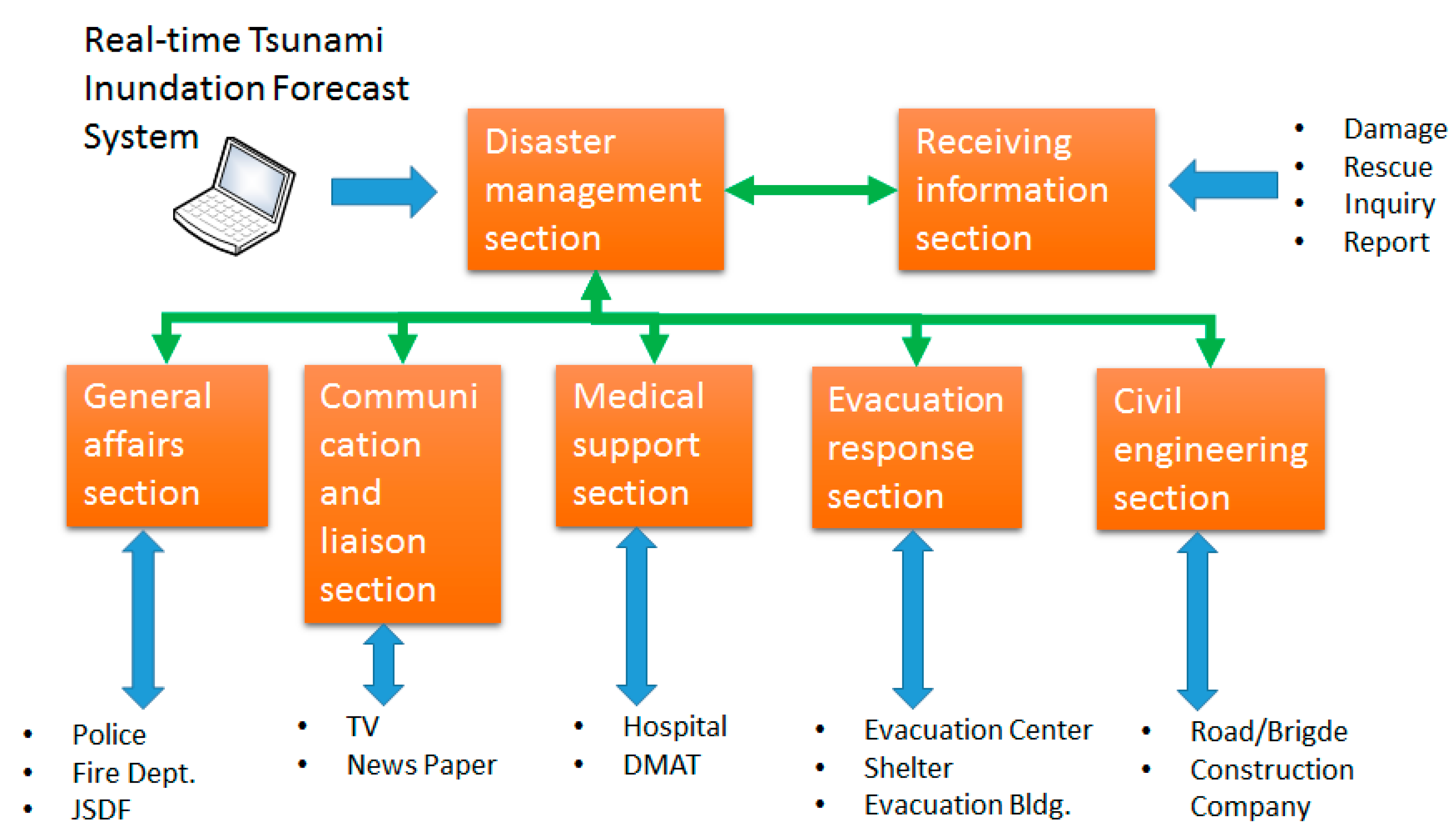
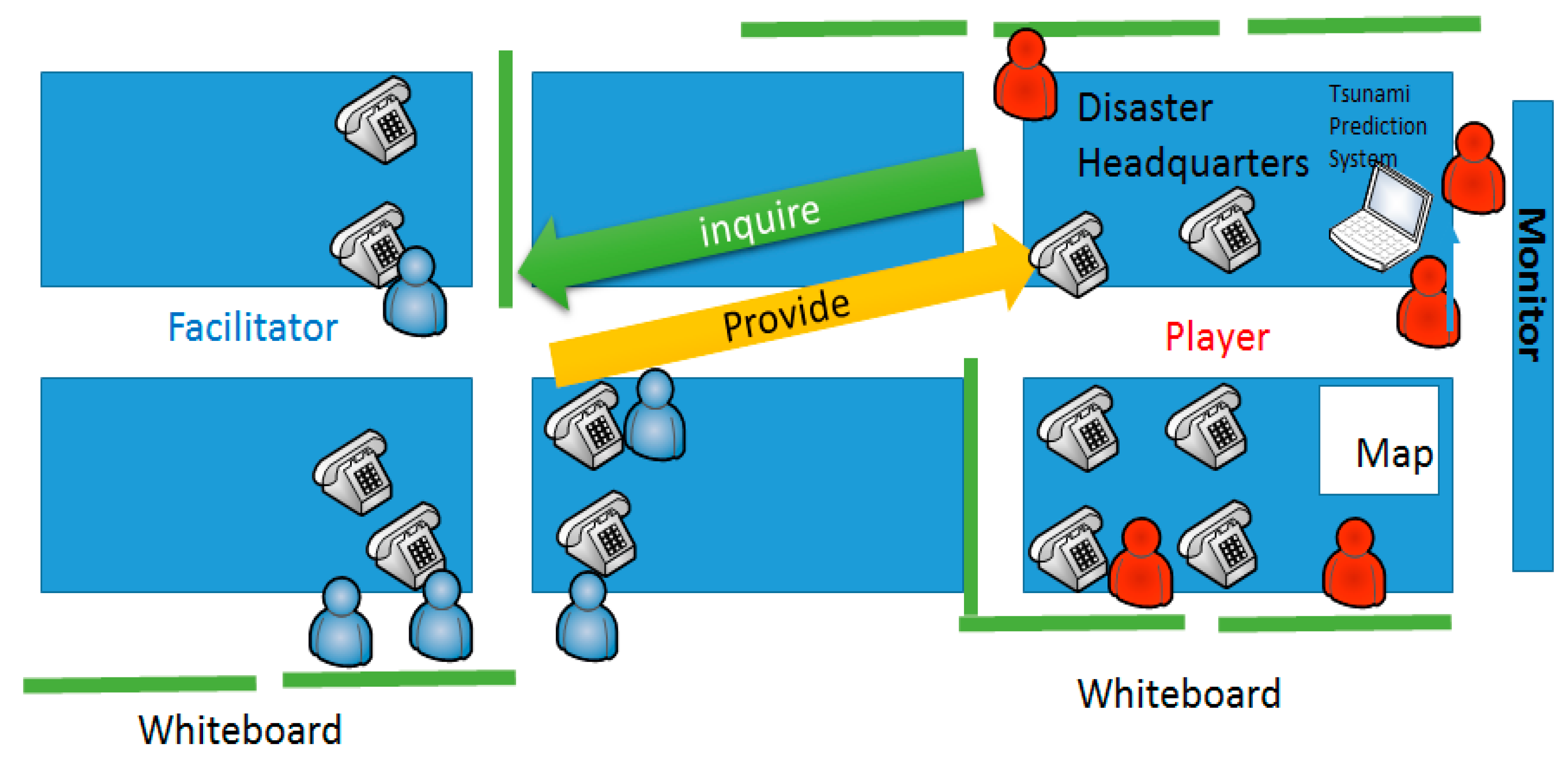
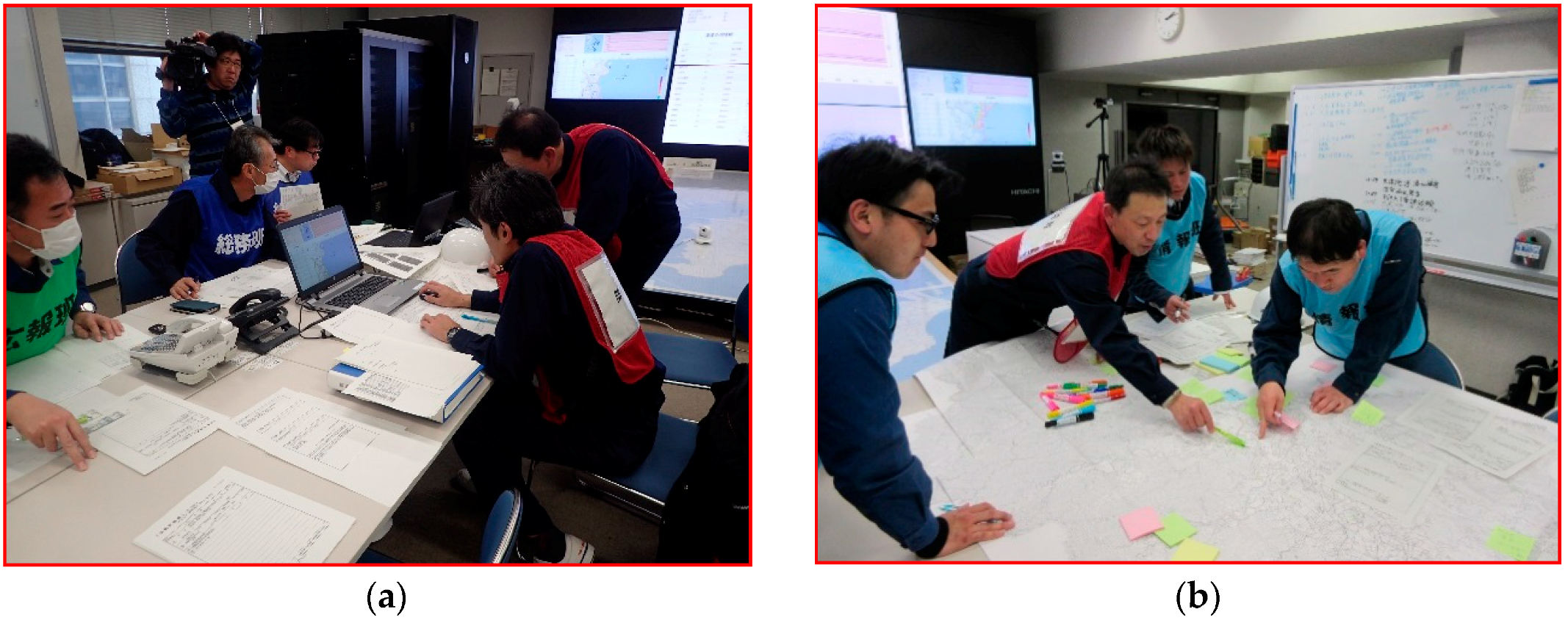
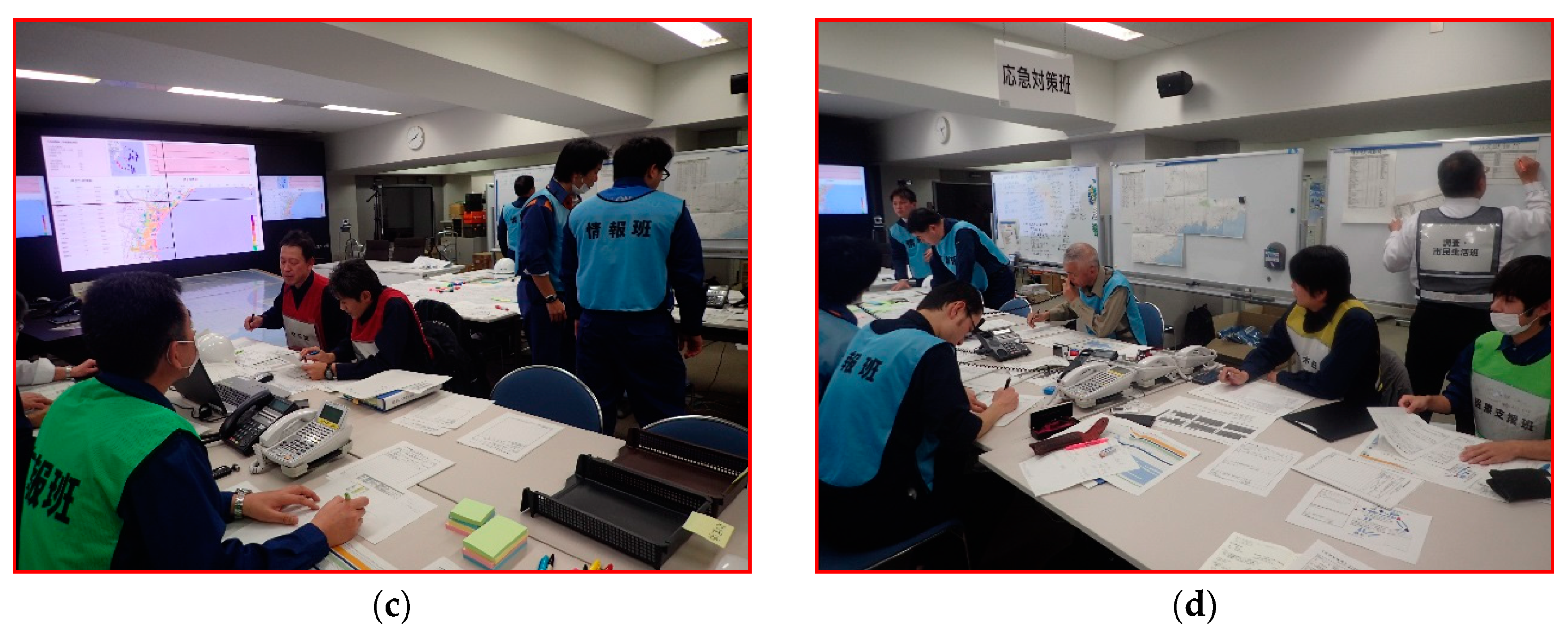

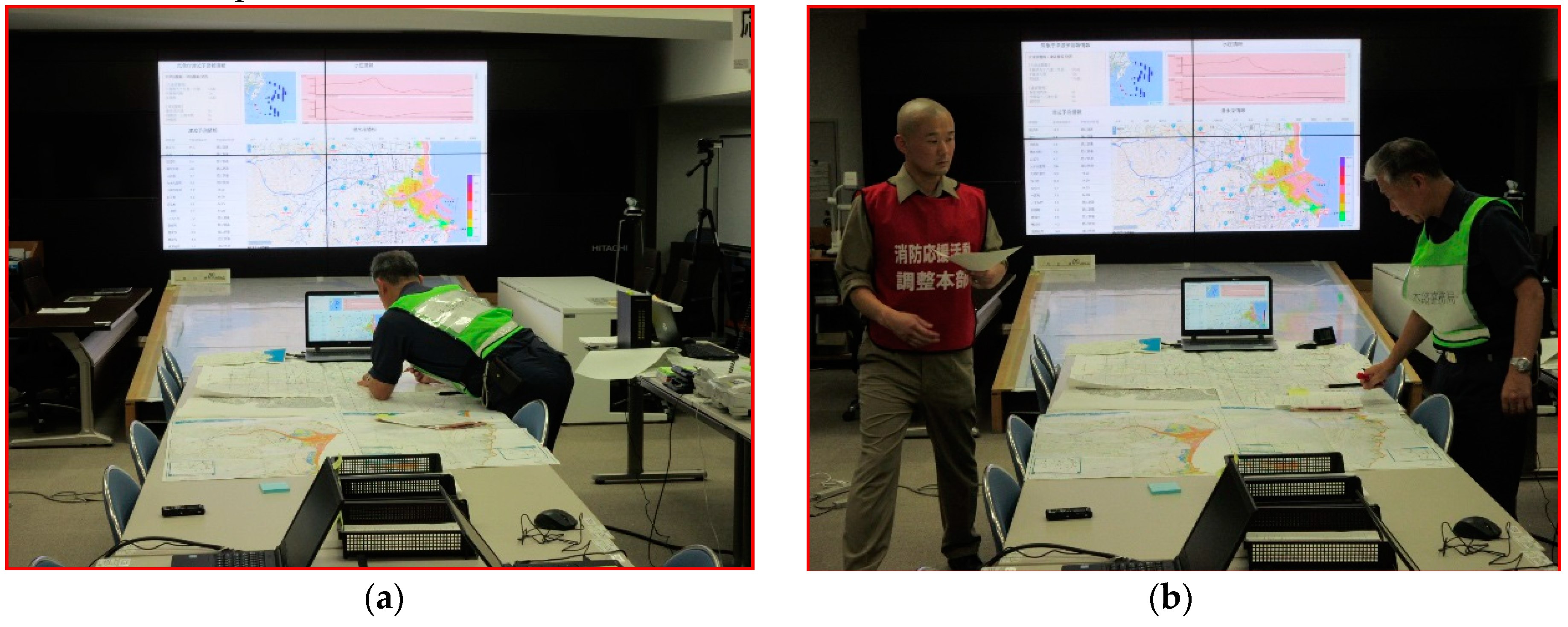
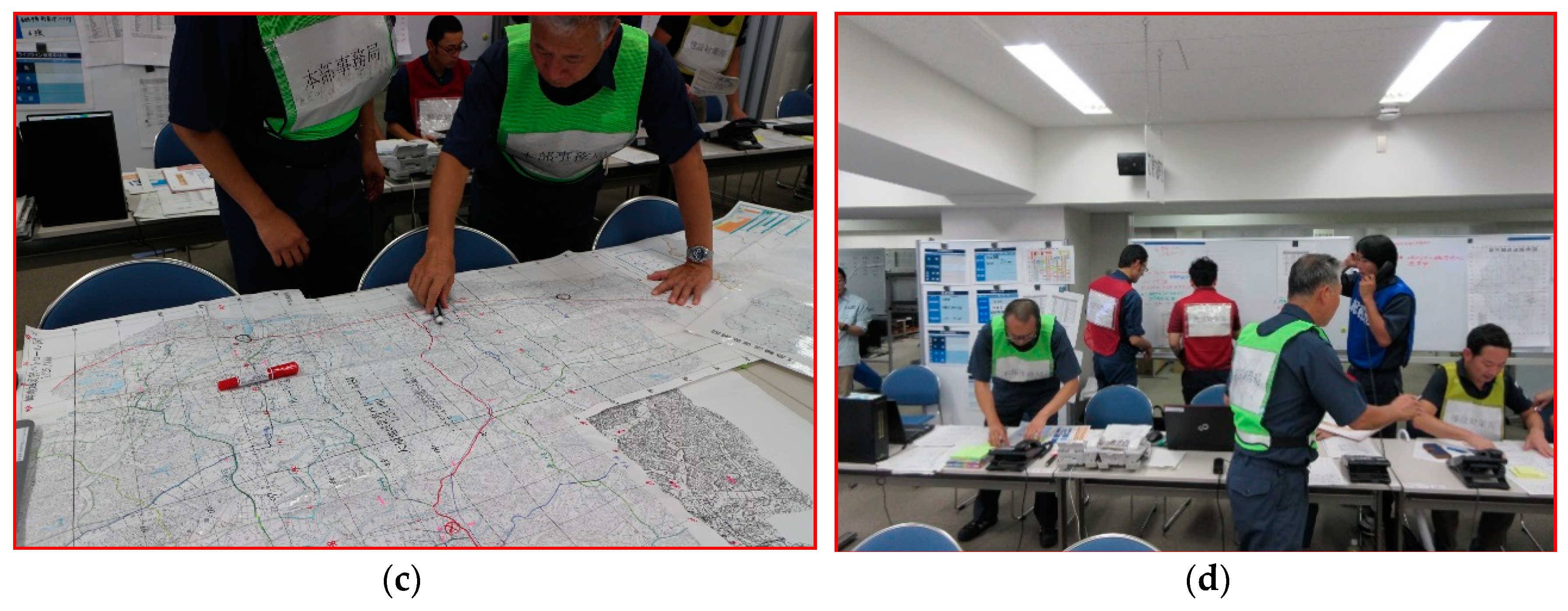
© 2019 by the authors. Licensee MDPI, Basel, Switzerland. This article is an open access article distributed under the terms and conditions of the Creative Commons Attribution (CC BY) license (http://creativecommons.org/licenses/by/4.0/).
Share and Cite
Kubo, T.; Suzuki, W.; Ooi, M.; Takahashi, N.; Asao, K.; Yoshioka, K. Application of a Real-Time Tsunami Forecast System to the Disaster Response of Local Governments during a Major Tsunami Disaster. Geosciences 2019, 9, 102. https://doi.org/10.3390/geosciences9020102
Kubo T, Suzuki W, Ooi M, Takahashi N, Asao K, Yoshioka K. Application of a Real-Time Tsunami Forecast System to the Disaster Response of Local Governments during a Major Tsunami Disaster. Geosciences. 2019; 9(2):102. https://doi.org/10.3390/geosciences9020102
Chicago/Turabian StyleKubo, Tomohiro, Wataru Suzuki, Masahiro Ooi, Narumi Takahashi, Kazumi Asao, and Kaoru Yoshioka. 2019. "Application of a Real-Time Tsunami Forecast System to the Disaster Response of Local Governments during a Major Tsunami Disaster" Geosciences 9, no. 2: 102. https://doi.org/10.3390/geosciences9020102
APA StyleKubo, T., Suzuki, W., Ooi, M., Takahashi, N., Asao, K., & Yoshioka, K. (2019). Application of a Real-Time Tsunami Forecast System to the Disaster Response of Local Governments during a Major Tsunami Disaster. Geosciences, 9(2), 102. https://doi.org/10.3390/geosciences9020102



